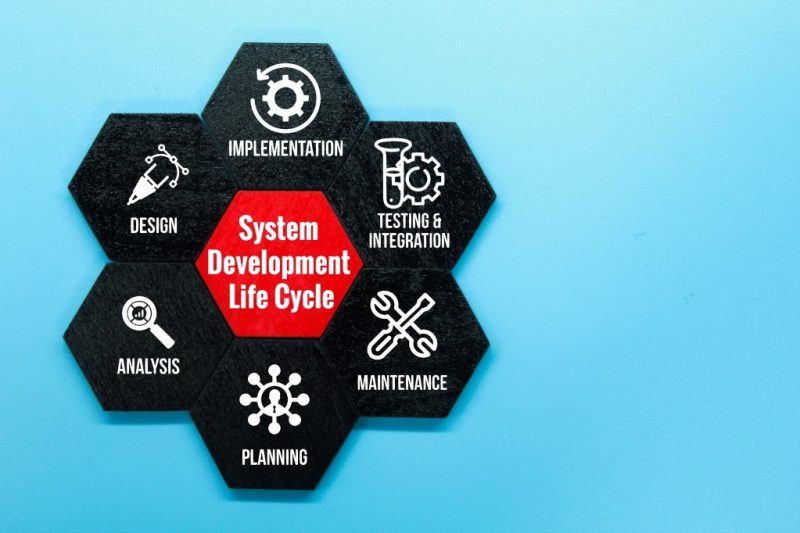Estimated reading time: 4 minutes
When you hear “low-code or no-code development,” you may immediately think of a tool for the citizen developer who can build apps with these platforms – no coding experience required. Low-code and no-code development platforms feature user-friendly interfaces, prebuilt modules, and drag-and-drop functionality that make it possible for almost anyone with basic computer skills to participate in app creation. Furthermore, many are designed to be fool-proof, using templates, Scratch-style blocks or other methods to ensure people without development expertise can’t make mistakes.
However, technology solutions providers (TSCs) that dig deeper will find that these platforms not only benefit would-be app creators who don’t understand computer languages and syntax; they can also help your business in several ways.
Low-Code/No-Code Development for TSCs, a Primer
Working more efficiently is always beneficial, and low-code/no-code (aka rapid application development or RAD) platforms can give veteran developers the advantage of time savings. A survey by low-code development platform provider Mendix revealed that 64 percent of IT professionals say low-code is their “go-to work-around development solution.”

While low-code or no-code development doesn’t replace traditional development, it can provide a platform for creating and quickly accessing reusable components, such as API connectors and front-end elements. Developers can consider low-code/no-code platforms as a step up from using software libraries to save time and work smart, focusing on innovation, not on repetitive tasks.
Another advantage of these platforms is that they can help short-staffed teams find more hours in the day. Depending on the solution, a low-code/no-code platform may enable developers to easily adapt mobile apps for different operating systems, adjust the user interface for optimal display on different devices, or take a low-code approach to integrations. The platform may also automate testing, saving hours if the app runs on different devices on various networks. Also, members of the development team that had to defer some tasks to more experienced colleagues in the past may be able to use the low-code/no-code platform to accomplish tasks via prebuilt modules, sharing the workload and bringing apps to market faster.
Additionally, inviting stakeholders to collaborate within the platform is easier. Although your team members may not be expert developers, they may have industry expertise and insights into workflows that can help create apps that will provide real value. A low-code/no-code platform’s easy-to-understand graphical interface allows your team to weigh in on app design.
Expect the rise of hybrid environments in which both traditional development and RAD processes are used as more developers incorporate low-code/no-code development into their workflows.
How Low-Code/No-Code Platforms Can Benefit Resellers and Service Providers
Technology Software Companies that resell software may haven’t entertained the idea of developing apps for their clients, but low-code/no-code platforms can make it possible. You know your market and understand your client’s pain points. A RAD platform gives your team the ability to add value to the solutions in your portfolio with your own intellectual property.

Shop around for the platform that gives you the functionality you need, including prebuilt templates, security, and analytics, and provides guidance for hosting the app, developing for different mobile platforms, and getting your app listed in app stores. Also, consider pricing. Various platforms offer free tiers and different pricing models based on consumption or the number of users.
Remember to look ahead to estimate the costs if the number of your users grows, which will impact your subscription, and consider the programming language the platform uses. A proprietary language may lock you into one platform, but an open-source language can allow you to migrate more easily to a different platform in the future.
Could Your Team Benefit from a Customized Application?
Low-code/no-code platforms can also help TSCs streamline operations. For example, would an intranet help your team collaborate more effectively? Could your team operate with a native mobile app that utilizes mobile device features such as GPS location, barcode scanning or image capture? Is there a benefit to adding a voice app or connecting apps to create automated business processes? You can use a RAD platform to create the tools your team needs with minimal coding – or in some cases, writing no code at all.
A low-code/no-code platform also removes much of the risk associated with traditionally costly processes of developing and testing apps, and your operation can have new productivity tools more quickly than if you pursued traditional processes to build them.
Keep Pace
Decades ago, Watts S. Humphrey, the father of quality in software and capability maturity model integration (CMMI), asserted, “Every business is a software business.” People have echoed that thought over the years as they saw the need for organizations to digitally transform their processes. Now, however, it seems even more insightful as businesses not only use software but develop it. The global low-code platform market was valued at USD 13 billion in 2020, and according to Statista, it will grow to approximately USD 65 billion by 2027, an impressive CAGR of 26.1 percent.
Low-code/no-code has become a part of the development space, giving professionals with coding expertise – and citizen developers – tools to create software and digital tools faster and easier. Consider how your team or clients could benefit when you leverage a low-code/no-code platform.

